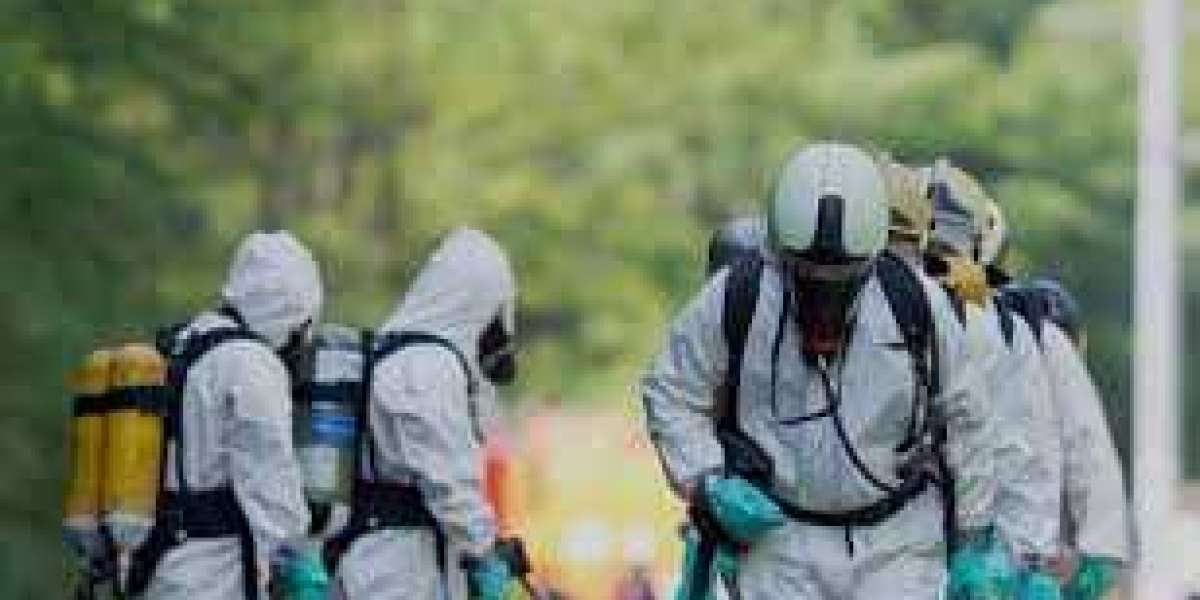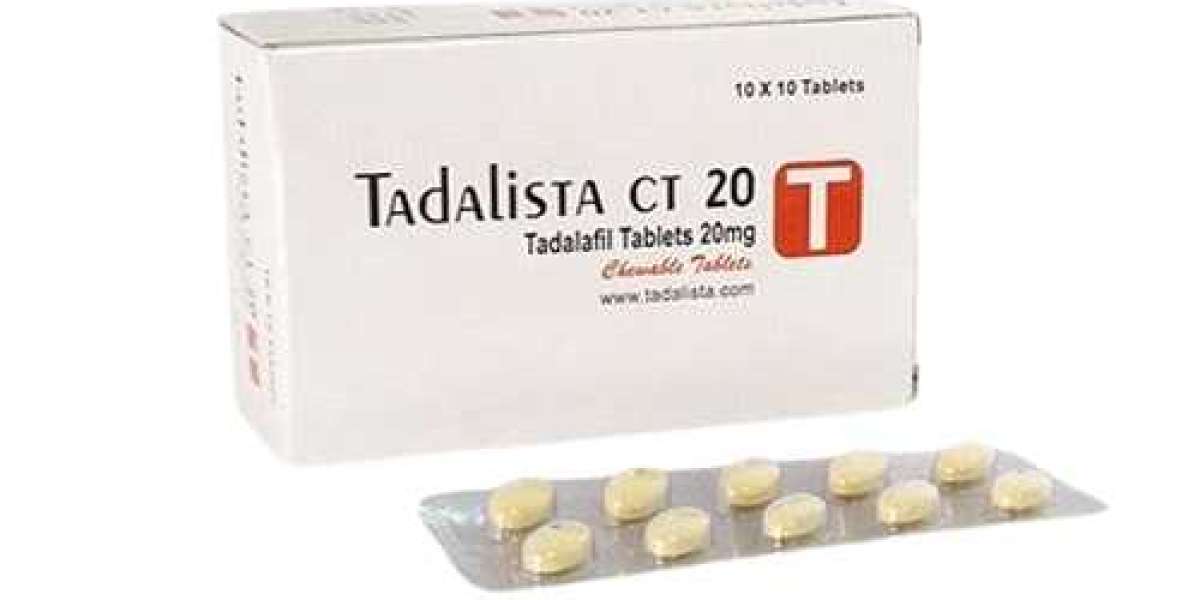Biohazard cleanup is a critical service requiring not only specialized equipment but also stringent safety protocols. Professional biohazard cleaners handle hazardous materials, infectious agents, and dangerous substances that pose risks to human health and the environment. Their adherence to safety standards is crucial for ensuring safe and effective cleanup, which protects both the cleaners and the communities they serve. Below, we explore the top safety protocols that biohazard cleanup professionals rigorously follow in their operations.
1. Comprehensive Risk Assessment
The foundation of a safe biohazard cleanup operation begins with a thorough risk assessment. Risk assessment identifies the type, scope, and severity of the biohazard, allowing professionals to determine the appropriate cleaning procedures and safety measures. Specialists assess the presence of infectious agents, potential chemical hazards, and structural concerns in the affected area. This systematic approach provides crucial information for planning the entire cleanup process, preventing unnecessary exposure to hazardous materials.
2. Personal Protective Equipment (PPE) Standards
Using Personal Protective Equipment (PPE) is one of the most critical safety measures in biohazard cleanup. Professionals wear a wide array of PPE, including gloves, respirators, goggles, and full-body suits, to minimize exposure to harmful substances. Respiratory protection is particularly important when dealing with airborne pathogens or toxic chemicals, while double-gloving techniques are often applied to prevent contamination breaches. PPE is selected based on the hazard level and type of biohazard, ensuring comprehensive protection against exposure.
Key Types of PPE Used:
- Respirators (N95 or higher grade for airborne pathogens)
- Chemical-resistant gloves for handling hazardous chemicals
- Eye protection to shield against splashes
- Disposable suits to prevent cross-contamination
- Boot covers for added foot protection
3. Proper Training and Certification
Professional biohazard cleaners must undergo specialized training and certification before working in the field. Training includes identifying biological and chemical risks, proper handling techniques, and safe disposal methods. In many regions, certifications such as OSHA (Occupational Safety and Health Administration) or HAZWOPER (Hazardous Waste Operations and Emergency Response) are required to work in biohazard cleanup. Continuous education and recurrent training ensure that biohazard professionals are up-to-date with the latest safety protocols, practices, and advancements in the field.
4. Controlled Entry and Exit Protocols
To contain biohazard risks, professionals establish controlled entry and exit points at the cleanup site. Access points are restricted to minimize the risk of cross-contamination and unauthorized personnel exposure. Teams often set up decontamination stations where cleanup professionals disinfect themselves, their PPE, and their equipment before leaving the site. This prevents biohazardous materials from spreading beyond the controlled environment and protects both the public and the cleanup team.
5. Specialized Cleaning and Disinfection Techniques
Biohazard cleanup professionals use specialized cleaning agents and techniques to ensure thorough disinfection of contaminated areas. These agents are approved by regulatory bodies, such as the EPA, for their efficacy against a wide range of pathogens. Chemical fogging, UV light sterilization, and electrostatic disinfection are among the advanced methods used to ensure complete sanitation. Professionals follow a precise cleaning order, working from high-risk areas outward to avoid recontaminating previously cleaned areas.
Disinfection Methods Commonly Used:
- Chemical disinfectants: High-grade biocides for killing pathogens
- Fogging machines: Dispenses fine mist of disinfectants
- UV light sterilization: Deactivates microorganisms on surfaces
- Electrostatic sprayers: Provides uniform disinfection coverage
6. Strict Waste Disposal Protocols
Proper disposal of biohazard waste is essential for preventing the spread of contamination. Professionals adhere to federal and local regulations for hazardous waste disposal, ensuring that biohazardous materials are handled and disposed of in compliance with established standards. Sharps containers are used for needles and sharp objects, while biohazard bags and containers are sealed and labeled clearly before transport. Certified disposal facilities handle these materials to ensure they are safely incinerated, autoclaved, or otherwise treated according to environmental guidelines.
7. Comprehensive Site Decontamination and Clearance
Before declaring a cleanup site safe, biohazard professionals conduct a final decontamination and clearance inspection. This step ensures that all hazardous materials have been properly removed and disinfected. Specialized equipment, like ATP (adenosine triphosphate) testing tools, measures residual microbial activity, verifying the cleanliness of surfaces. Final clearance is only granted after all testing requirements are met, providing reassurance to property owners and occupants about the safety of the area.
8. Documentation and Reporting Protocols
Biohazard cleanup companies maintain detailed records of every cleanup operation. Documentation includes risk assessments, PPE usage logs, cleaning methods, and waste disposal details. This meticulous record-keeping not only provides a safety audit trail but also ensures compliance with regulatory bodies. Such documentation may be required by authorities for verification and is also used for training purposes to improve future safety measures.
9. Use of Advanced Technology in Hazard Detection
Advancements in technology have enhanced the accuracy and safety of biohazard cleanup operations. Modern detection equipment, such as thermal imaging for detecting bodily fluids and air quality monitors, provides biohazard professionals with real-time insights into hazard levels. This allows them to respond with targeted measures that minimize exposure risks and enhance overall safety during cleanup.
Key Technologies in Biohazard Cleanup:
- Thermal imaging cameras: Detects hidden biohazard materials
- Real-time air quality monitors: Measures airborne pathogens
- ATP testing: Checks for biological residue after cleaning
10. Emergency Preparedness and Response Plans
Biohazard cleanup professionals are trained in emergency response for unforeseen situations that may arise during the cleanup process. Emergency preparedness plans include evacuation procedures, containment measures, and medical response protocols. Teams are also equipped with emergency medical kits and are trained to provide first aid in case of accidental exposure. This protocol ensures that if any unexpected hazards occur, they can be quickly and safely managed to avoid further contamination or injury.
Conclusion
Biohazard cleanup is a demanding field that requires strict adherence to comprehensive safety protocols to ensure the safety of both professionals and the general public. From risk assessment and PPE to advanced disinfection techniques and meticulous waste disposal, biohazard cleanup specialists follow well-defined procedures that minimize risks while effectively sanitizing contaminated spaces. Adherence to these protocols allows biohazard professionals to maintain the highest safety standards, providing peace of mind to those affected by hazardous situations.







